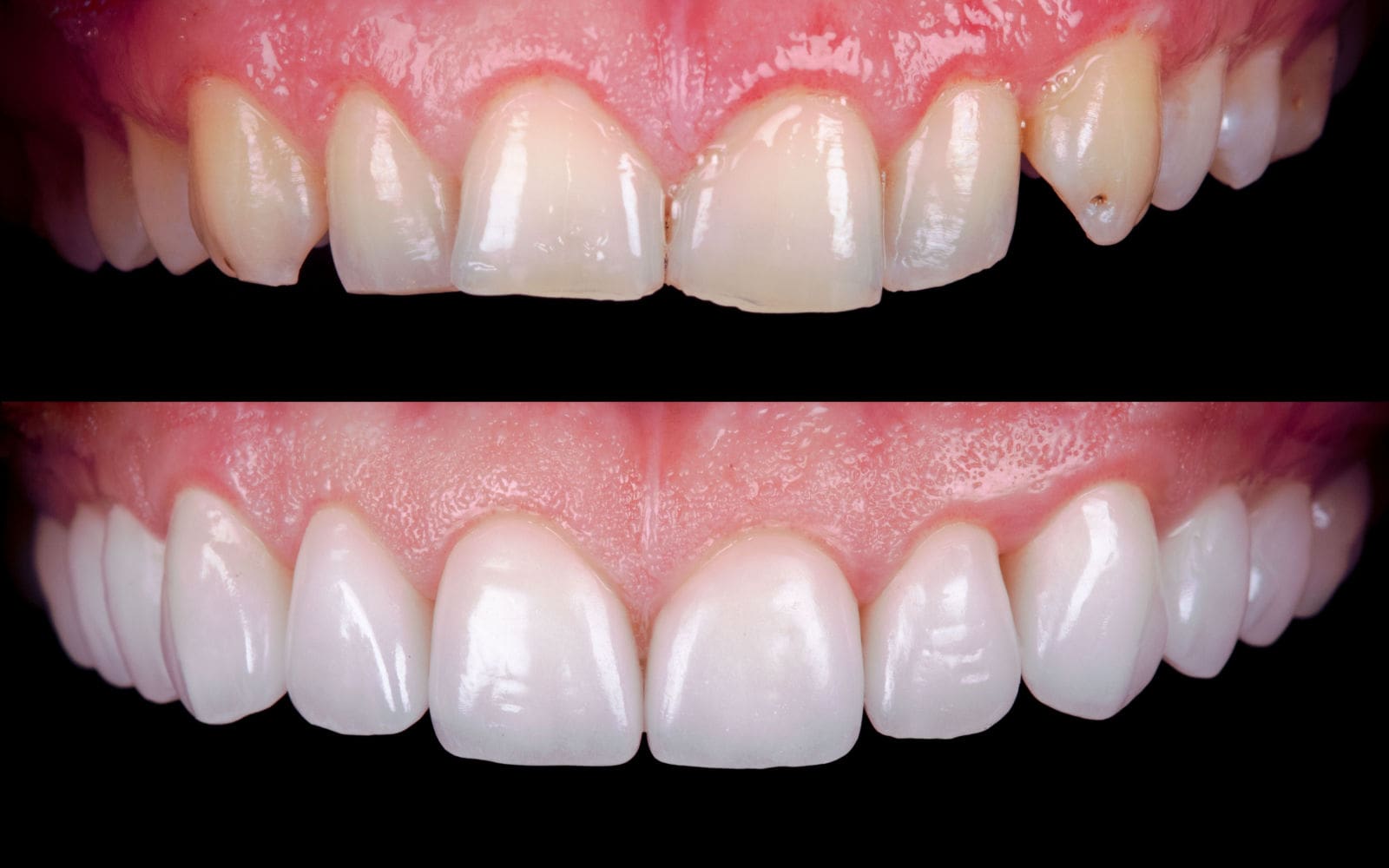Even before our first tooth pushes through our gums, the risk of traumatic dental injury exists. In the years following the eruption of our first tooth, we’ll experience moments where dental trauma is a possibility. Going through an auto accident, simple household accidents, and participating in sports are a few cases where dental trauma is possible. No matter how they occur, addressing them quickly and effectively is essential. That’s where direct dental restorations come in as a treatment for dental trauma.
Dental Trauma And How Direct Dental Restoration Can Help
When the manufacturing process of dental restoration can take place entirely within the mouth, it’s known as a direct restoration. This sets them apart from indirect restorations such as dentures, crowns, bridges, and others that require milling the restoration at a dental lab or in a machine within the dental office. Unlike indirect restorations, direct restorations can be completed quickly and don’t require the use of an interim replacement.
Silver amalgam was used to create fillings, the first type of direct restoration, for nearly 150 years. This material was created by alloying four metals together to create a durable but malleable substance. This new technology made it possible to treat patients’ teeth in a previously impossible way. While effective, it did have some drawbacks. It was made of toxic materials that, while safe in the alloy, had to be disposed of safely. Further, it actually negatively impacted the health of the tooth it was used to restore. When composite resins were introduced, they demonstrated benefits that quickly made them outshine amalgam as an option.
The benefits brought to direct restorations by composite resins are as follows:
- Non-toxic materials
- The ability to match the natural tooth color of a patient
- Long-lasting restorations, typically lasting 5-7
- Can be applied in a single visit
- Easily malleable and quick to cure
Another benefit of composite resins was their versatility in treating dental health concerns. In addition to performing direct restorations, it could also be used as a bonding material. This made it viable to address cracks in the teeth and minor chipping. Further, it was able to serve as a new material for making veneers. This aesthetic treatment can also serve several restorative functions, including addressing multiple small oral health concerns at once.
These properties made it possible for it to be applied to address the results of dental trauma, for example:
- Sports-Related Dental Injuries – Over the last three decades, there has been a steady and consistent engagement with school sports. Every year we see more and more participants at all stages of the education process. However, this has had a corresponding increase in the number of injuries.
- Chipped Or Broken Teeth – This type of dental concern is exceptionally common, according to reports from the AAE (American Association of Endodontics). Teeth that have become chipped have compromised enamel layers that can lead to cavities, infection, and decay. Composite resins can seal these gaps and address broken teeth quickly.
Consult Your Dentist For Further Guidance
When you’ve experienced dental trauma, knowing what options are available to you is essential. Consult your dentist for dental trauma treatment options. Together you can develop a plan for when they occur and address the impact of any previous events.


